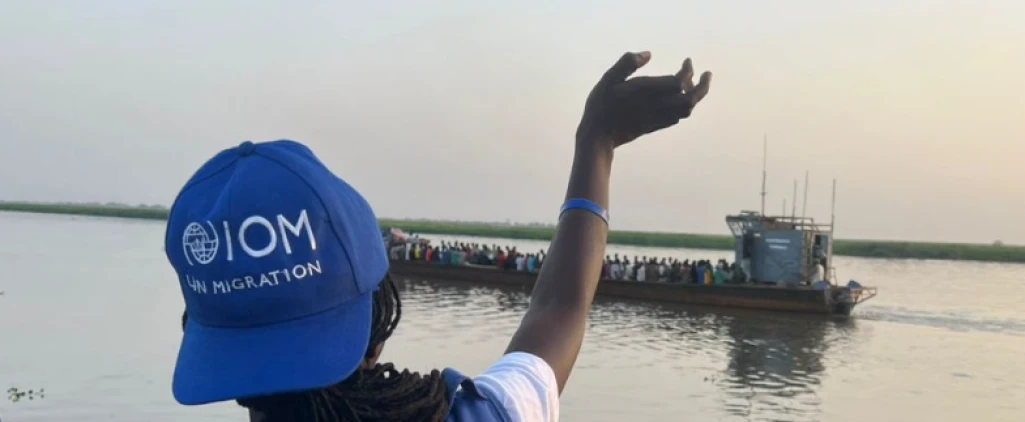
The head of operations for the International Organization for Migration (IOM) in South Sudan has emphasized the need for safe migration pathways for migrants, underscoring the roles they play in the country’s development.
Inadequate infrastructure and safety on the internal migration routes pose significant challenges to those moving within the country, according to officials.
Migrants often seek better opportunities in countries like Uganda, Kenya, Ethiopia, and beyond, but this migration is frequently fraught with risks due to a lack of legal frameworks and safe routes.
Refugees and migrants face dangers from smugglers, exploitation, and sometimes hostile border policies in host countries.
Speaking at the commemoration of International Migrants Day, Muhammad Asar stressed the significant contributions of migrants and the pressing need to ensure their rights are respected.
"This year's theme, honoring the contribution of migrants and respecting their rights, resonates deeply with us here in South Sudan, as migration is integral to the story of this nation," said Asar on Wednesday in Juba.
Conflict-related displacement continues to have a significant impact on South Sudan, but Asar echoed that migrants continue to exhibit resilience.
"Despite facing one of the world’s most severe displacement crises, South Sudan remains a testament to the enduring hope for peace, stability, and progress," Asar asserted.
He recognized the efforts and sacrifices of those who have contributed to the country’s development, even amid its challenges.
Asar clarified that the establishment of these pathways is essential in mitigating the risks encountered by irregular migrants.
"As a UN migration agency, one of IOM's biggest priorities is working on regular pathways for migration. Well-managed migration benefits all,” he explained.
He elaborated on how migration positively impacts both countries of origin and destination. "Migrant workers are provided with an opportunity to improve their skills, earn higher income, and improve their living conditions and those of their families," he stated.
"The countries of origin benefit from reduced unemployment, national development through remittances, skills and knowledge transfer, and investment."
At the same time, he emphasized that destination countries also benefit from migrants' contributions to critical sectors, especially within the context of changing labor demographics.
The IOM head illustrated how migration can positively contribute to the nation's education and workforce.
"Because of the conflict in our neighboring countries in Sudan, at this point in time, there are 98 professors who are faculty members at the University of Juba, and that says a lot," he remarked.
The head further called on all stakeholders to work together to ensure that migration becomes a choice rather than a necessity.
"We call upon our partners, such as government, national organizations, civil society, and communities, to create a future where migration becomes a choice rooted in opportunity, not necessity dictated by hardship," he concluded.
On Tuesday, the first vice president and chair of the Governance Cluster also acknowledged the positive impact of migration on the country’s economy.
Migrants, according to Dr. Riek Machar Teny, bring valuable cultural, social, and economic benefits.
Machar called for the creation of inclusive policies that support full integration, particularly through education, language training, and access to healthcare.
By aligning migration policies with national development goals, the vice president believes both migrants and their host communities can benefit.
Notably, South Sudan plays a critical role in migration along key routes in Africa.
The country serves as a transit point for migrants taking the southern route from Ethiopia and the western route toward Libya.
It shares borders with six countries: Ethiopia, Uganda, Sudan, the Democratic Republic of Congo, Kenya, and the Central African Republic.
Current projections indicate that South Sudan's population will increase over the course of the 21st century.
At 11.19 million people, as of 2020, the population is expected to grow to 19.96 million people by 2050 and 31.74 million by 2100.
Research by Macrotrends estimated that the current net migration rate for South Sudan in 2024 is -1.919 per 1000 population, a 9.22% decline from 2023.